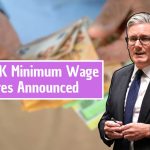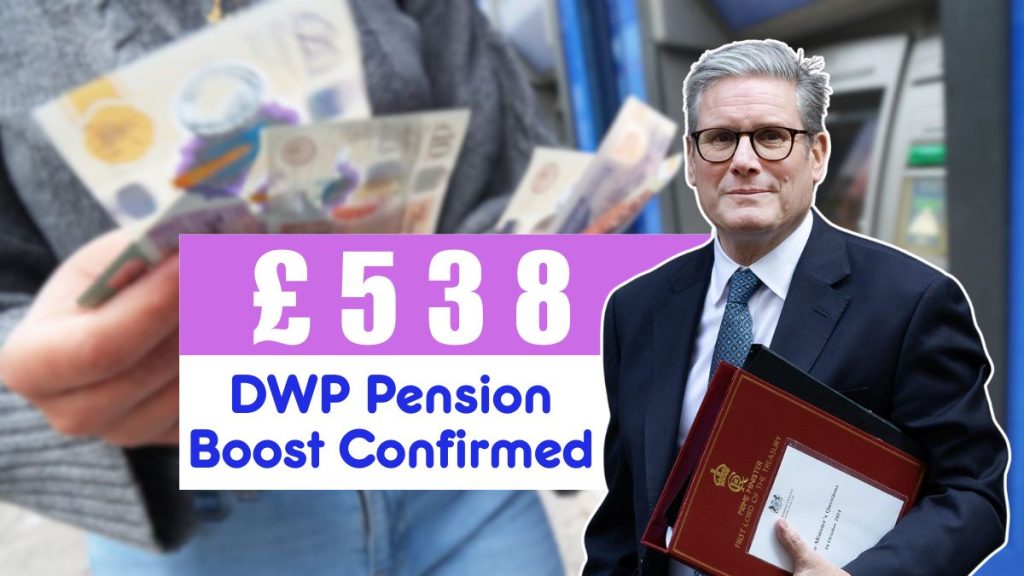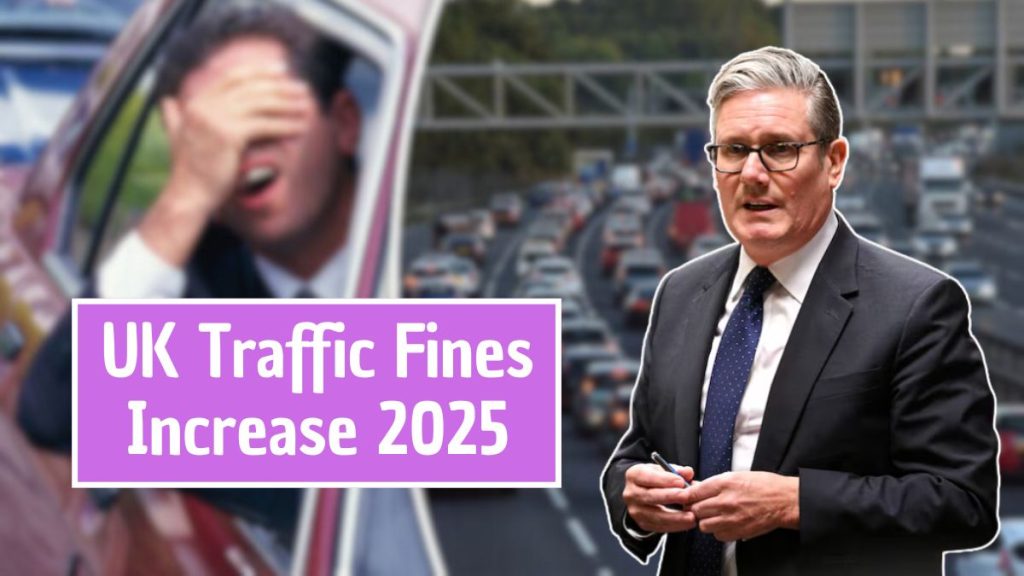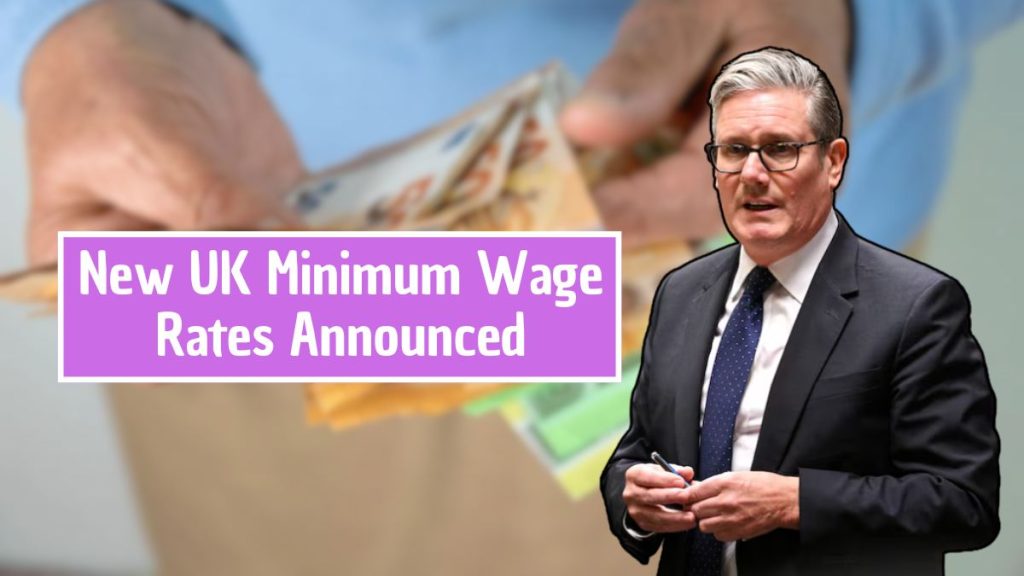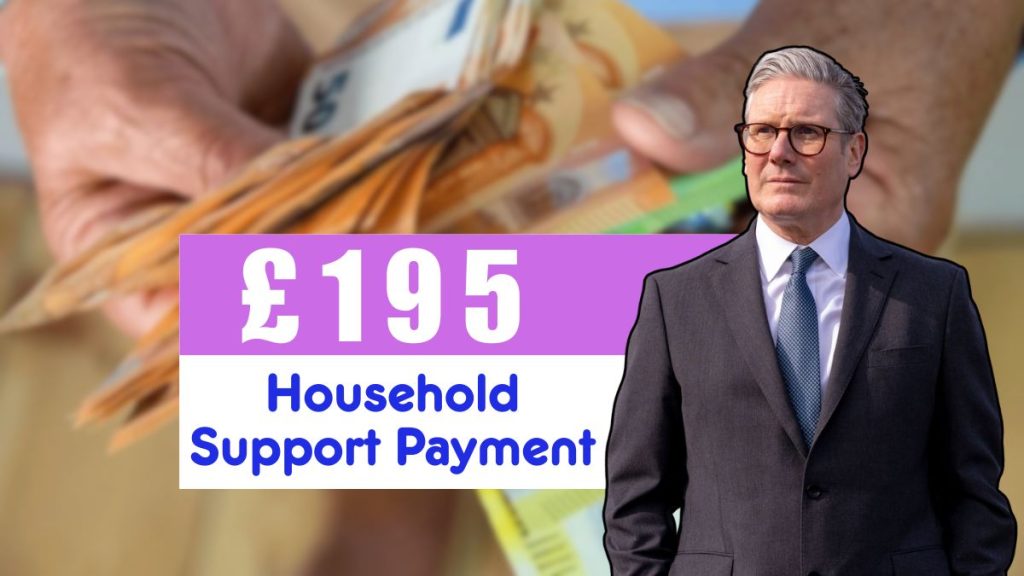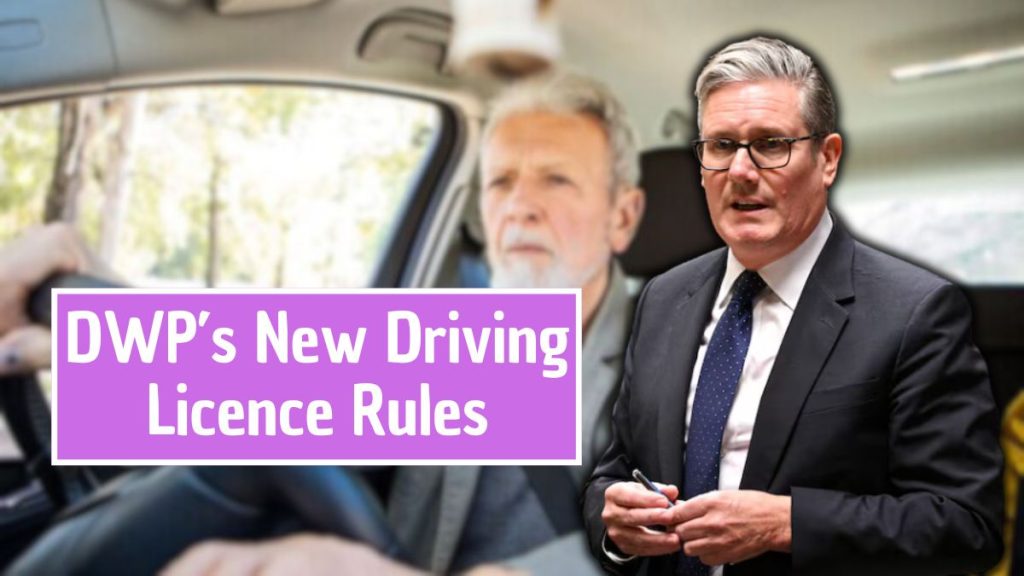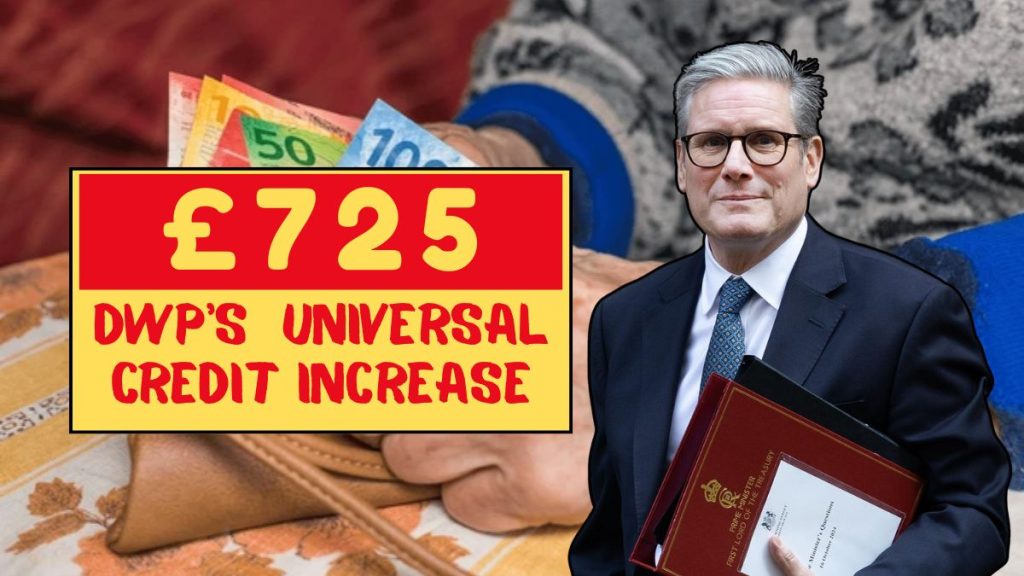If you’ve scrolled through the news lately, chances are you’ve seen headlines about a DWP £250 support payment for UK families in 2025. With household budgets already stretched thin, the possibility of an extra cash boost has captured attention nationwide. But is the payment real? Who would qualify if it goes ahead? And when could the money actually land?
In this detailed guide, we’ll cut through speculation to explain what’s fact, what’s still a rumour, and what families should realistically expect.
The Rumour of a £250 DWP Payment
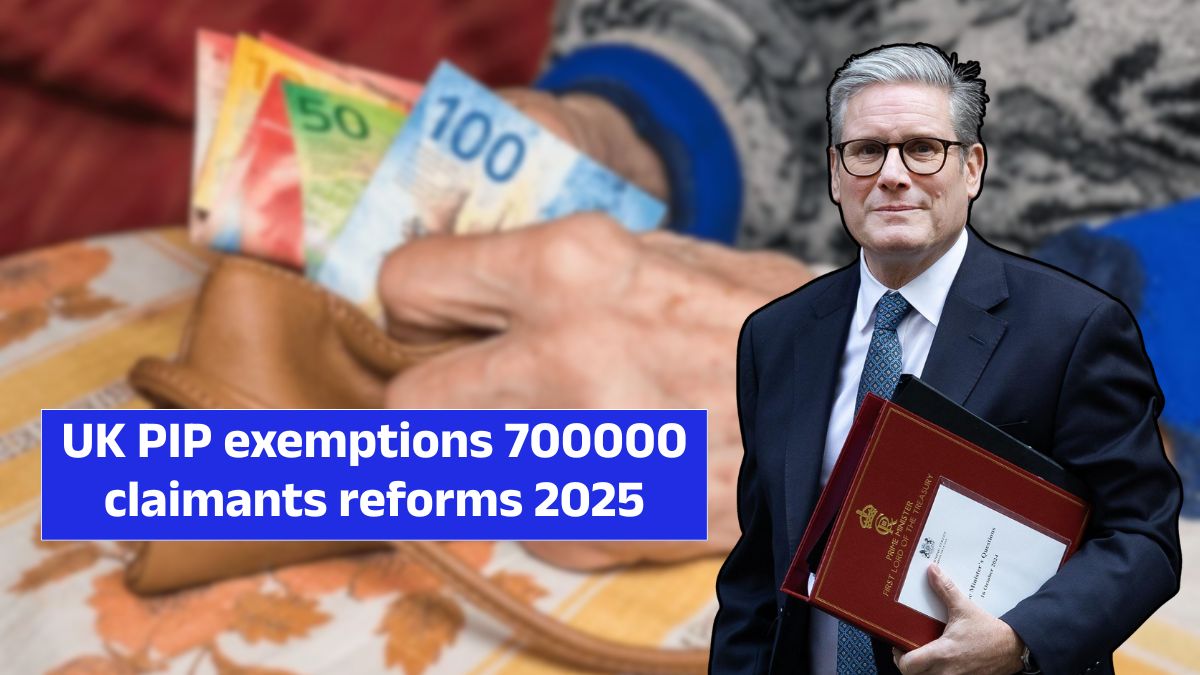
The reported £250 support for families has been circulating online, shared across blogs, social media, and even picked up by smaller news outlets. Many families are hoping this could be the next chapter in the Cost of Living Payment series that began in 2022.
But here’s the key point: the Department for Work and Pensions (DWP) has not officially confirmed this payment. Until such an announcement is published on GOV.UK, families should treat it as speculation rather than fact.
What We Know About Past Cost of Living Payments
To understand the £250 rumour, it’s helpful to revisit the payments that came before:
- July 2022 – £650 Cost of Living Payment for low-income households (split into two instalments).
- November 2022 – £300 Pensioner Cost of Living Payment.
- Spring 2023 – £301 for eligible claimants.
- Summer 2023 – £150 Disability Cost of Living Payment.
- Autumn 2023 – £300 for households on means-tested benefits.
- Early 2024 – £299 final Cost of Living Payment.
Together, these payments provided billions of pounds in temporary support, helping households cover rising bills and basic essentials.
What the DWP Has Actually Said
The official Cost of Living Payments page on GOV.UK currently states:
“The DWP is not planning to make any more Cost of Living Payments after those already scheduled.”
This means the last confirmed payment was issued in early 2024. The £250 payment, as of now, has no official approval.
Still, governments can pivot. Much like the emergency stimulus cheques in the U.S. during the pandemic, the UK could announce new payments if conditions worsen.
Why the £250 Matters in 2025
The reason this rumour has gained so much traction is simple: household finances are under pressure.
According to the Office for National Statistics (ONS), food inflation was around 7.5% in early 2025. Essentials like bread, milk, and fresh produce remain far more expensive than they were just a few years ago. Housing costs and energy bills also continue to weigh heavily.
For a struggling household, £250 isn’t life-changing—but it is survival money. It can cover groceries, heating, or a school uniform for the kids. That’s why families are paying such close attention.
Who Would Qualify If It Happens?
If the £250 support is introduced, eligibility would likely follow the same framework as previous Cost of Living Payments. Likely groups include:
- Universal Credit claimants
- Income-based Jobseeker’s Allowance (JSA)
- Income-related Employment and Support Allowance (ESA)
- Income Support recipients
- Pension Credit claimants
- Working Tax Credit / Child Tax Credit households
As with earlier schemes, households with a nil award (where benefits were reduced to £0 due to income changes) would probably not qualify.
How the £250 Would Be Paid
If approved, payments would likely mirror past schemes:
- Automatic payment – No need to apply; eligible claimants receive it directly.
- Paid into your usual account – Using the same method as your existing benefit.
- Non-taxable – It won’t affect your other benefits or tax obligations.
This streamlined approach ensures families receive support without extra paperwork or delays.
When Could the £250 Payment Arrive?
No official timeline exists, but if DWP follows past patterns:
- Announcement – A few months before payment is made.
- Qualifying period – A set week where claimants must be receiving benefits.
- Payment window – Likely stretched over 2–3 weeks.
If the payment becomes reality, late 2025 (Autumn or Winter) seems the most likely window.
Regional Variations in the UK
While Cost of Living Payments are UK-wide, differences do exist:
- Scotland – Offers extra help through the Scottish Child Payment (£26.70 per child weekly).
- Northern Ireland – Administers payments separately, sometimes with slight delays.
- Wales & England – Generally follow the DWP schedule, though local councils may offer extra support.
This means the real impact of £250 varies by location. A London family battling high rents may experience it differently than a family in rural Wales.
Case Study: How £250 Makes a Difference
Consider a family in Birmingham on Universal Credit:
- £100 – Weekly groceries for two to three weeks.
- £60 – Heating and electricity for a month.
- £40 – School uniforms and supplies.
- £50 – Emergency savings for unexpected repairs.
That £250 may not fix long-term issues, but it provides breathing space in a tight budget.
Expert Opinions: A Band-Aid or Real Relief?
Economists are cautious. They argue that one-off payments don’t solve structural problems like rising rents, stagnant wages, or childcare costs.
- Joseph Rowntree Foundation reports over 14 million people in the UK live in poverty, including 4.3 million children.
- Citizens Advice argues for deeper reforms, like aligning benefits with inflation and expanding affordable childcare.
In short: while £250 helps in the moment, it’s not a long-term solution.
Alternatives If the £250 Doesn’t Happen
Even if the £250 support doesn’t materialize, families can look to other schemes:
- Winter Fuel Payments – £100–£300 for older people.
- Household Support Fund – Help with food and energy bills via local councils.
- Scottish Child Payment – Ongoing weekly support in Scotland.
- Free School Meals – Expanded availability in some regions.
These resources may not fully replace a lump sum, but they still provide vital help.
How Families Can Stretch £250
If the payment is confirmed, here are practical ways to maximise its impact:
- Prioritise essentials first – Groceries, heating, and transport.
- Reduce high-interest debt – Paying off a small chunk reduces long-term costs.
- Create a small emergency fund – Even £30–£50 can make a difference.
- Bulk buy smartly – Rice, pasta, and canned food stretch further.
- Use community resources – Food banks, school uniform swaps, and charity shops.
FAQs
Q1. Has the DWP confirmed the £250 family support payment?
No. As of now, the payment is only a rumour. The DWP’s official guidance says no further Cost of Living Payments are scheduled.
Q2. Who would qualify if the £250 payment happens?
Most likely, households on Universal Credit, Pension Credit, Tax Credits, income-based JSA/ESA, or Income Support would qualify.
Q3. When could the payment arrive?
If announced, payments could be made in late 2025, likely during Autumn or Winter.
Q4. Do families need to apply for this payment?
No. Like past payments, it would be automatic, directly added to your usual benefit method.
Q5. What can families do if the payment doesn’t happen?
Families can still access help through Winter Fuel Payments, Household Support Fund, Scottish Child Payment, and Free School Meals.


